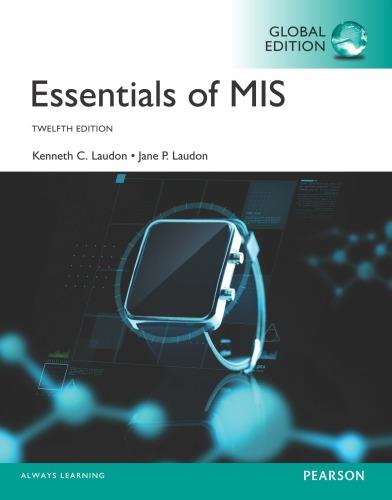Question
A systems specialist has studied the workflow of clerks, all doing the same processing job. She has designed a new workflow layout for a clerical
A systems specialist has studied the workflow of clerks, all doing the same processing job. She has designed a new workflow layout for a clerical workstation and wants to compare average production (as measured by units assembled per hour) for the new method with production for the older method. Nine clerks are available for the test. After ample familiarization with the new station, each clerk is assigned a common task. The order of stations is randomized. Assuming the necessary assumptions are met, test the hypothesis that the new station facilitates a more productive work rate.
| Workstation | 1 | 2 | 3 | 4 | 5 | 6 | 7 | 8 | 9 |
| Old-rate | 66 | 77 | 65 | 73 | 84 | 82 | 72 | 71 | 74 |
| New-rate | 68 | 87 | 69 | 73 | 87 | 88 | 70 | 69 | 80 |
| New-Old | +2 | +10 | +4 | 0 | +3 | +6 | -2 | -2 | +6 |
Using alpha =0.01, we can conclude that the new workstation facilitates a faster work rate.
A. True
B. False
For the sample of nine clerks, the average increase in productivity was 2.25 units assembled per hour.
A. True
B. False
If the null hypothesis is correct, the probability of getting a sample mean larger than 3 units per hour is .0133 (or 1.33%).
A. True
B. False
The standard error of the mean for this test is measured in units assembled per hour.
A. True
B. False
Step by Step Solution
There are 3 Steps involved in it
Step: 1

Get Instant Access to Expert-Tailored Solutions
See step-by-step solutions with expert insights and AI powered tools for academic success
Step: 2

Step: 3

Ace Your Homework with AI
Get the answers you need in no time with our AI-driven, step-by-step assistance
Get Started


